A Mechanical Model of Gas Drainage Borehole Clogging under Confining Pressure and Its Application
Abstract
:1. Introduction
2. Objective of the Study
- (1)
- Establishing a clogging segment under confining pressure mechanics model that can be used to analyze the influence of a borehole’s parameters on a borehole clog.
- (2)
- Evaluating the improvement in a drilling scheme using the clogging segment mechanics model.
3. Clogging Segment Mechanics Model
- (1)
- The frictional resistance is formed by the coal cinder gravity of the clogging segment.
- (2)
- Lateral pressure is formed on the two contact surfaces of the clogging segment according to the air pressure p, which includes the lateral pressure pc1 between the surface of the clogging segment and the drill pipe’s outside surface and the lateral pressure pc2 between the surface of the clogging segment and that of the borehole’s wall.
- (3)
- The formation of frictional resistance also depends partly on the confining pressure pi.
- (1)
- The cross-section of boreholes is circular.
- (2)
- The medial axis of the drill pipe coincides with that of the borehole, regardless of the bending of the drill pipe in the borehole.
3.1 Stress Analysis of a Clogging Segment
3.2. Equation for the Mechanics of a Clogging Segment
3.3. The Critical Length of a Clogging Segment
4. The Influence of the Borehole’s Parameters on Borehole Clogging
4.1. The Method of Analysis and Basic Parameters
4.1.1. The Method of Analysis
4.1.2. Basic Parameters
4.2. The Relationship between the Dredging Pressure p and the Length of the Clogging Segment L
- (1)
- The dredging pressure is not sensitive to the clogging segment’s length when it is less than 0.6 m. However, it shows a dramatic increase with the growth of the length of the clogging segment when it is greater than 0.6 m. Once L increases to 1.0 m, the corresponding dredging pressure is more than 1.2 MPa, which will be a significant burden on a compressed-air pipe system underground. So, it will be difficult to efficiently drill the borehole if the clogging segment is not dredged in time when the clogging segment’s length is under 1.0 m with an angle of 5°.
- (2)
- For the downward borehole’s construction, the corresponding pink curve lies to the left of the blue curve, which shows that the demand for dredging pressure for the downward borehole is much larger than that for the upward borehole when dredging a clogging segment of the same length. So, upward boreholes should be given high priority in actual engineering operations.
4.3. The Influence of the Borehole’s Angle on Borehole Clogging
- (1)
- For the upward borehole’s construction, the dredging pressure falls rapidly as the borehole’s angle increases from 0 to π/2. For pi = 0 Pa, the dredging pressure reaches 0 Pa when the corresponding borehole angle is 12.3°. So, the clogging segment could be dredged by gravity without the need for air pressure when the angle is over 12.3°. For pi = 1000 Pa, affected by the confining pressure, the minimum dredging pressure falls to A0 (π/2, 3.61 × 105), which means that the minimum dredging pressure is 0.361 MPa when θ is π/2. So, the confining pressure plays a negative role in the dredging of drill cuttings.
- (2)
- For the construction of the horizontal borehole, the intersection points of the corresponding dredging pressure with the virtual axis along the two lines (pi = 0 Pa, pi = 1000 Pa) are B (0, 5.47 × 104) and B0 (0, 6.67 × 105), respectively. The maximum dredging pressure of the clogging segment is 0.667 MPa and the air pressure in the majority of the pipeline is greater than the maximum dredging pressure. Therefore, for the construction of the horizontal borehole under such conditions, the clogging segment in the borehole could be dredged easily if it does not grow.
- (3)
- For the construction of the downward borehole with the angle range of −π/2~0, the dredging pressure reaches its maximum at D (−1.357, 2.57 × 105) and D0 (−1.357, 8.7 × 105) along the two lines, respectively. So, it can be concluded that the corresponding dredging pressure will increase as the borehole’s angle increases from −π/2 to −77.7°. However, it will decrease as the borehole’s angle increases from −77.7° to 0°.
4.4. The Influence of the Confining Pressure on Borehole Clogging
5. The Engineering Application
5.1. The Method for Evaluating the Drilling Scheme
5.2. Optimization of the Drilling Scheme
5.2.1. Analysis of the Mine’s Current Drilling Process
5.2.2. Improvement of the Drilling Process’s Design
- (1)
- Reducing the drilling speed. Before the plans were put forward, the drilling speed was 0.5 m/min. As a result, a large number of drill cuttings was output into the soft coal seam, resulting in frequent borehole clogging, pipe sticking and breaks in drill pipes. Therefore, in order to reduce the probability of borehole clogging, the drilling speed was reduced to 0.4 m/min.
- (2)
- Increasing the drill pipe’s diameter to enlarge the discharge space. The drill bit was changed to a ⌀120 mm three-wing carbide bit.
- (3)
- Applying a ribbed drill pipe. Based on fluid dynamics principles, the discharge space could be indirectly enlarged by reducing the hydraulic diameter dH of the ribbed drill pipe, which is defined as follows:where A is the cross-sectional area of the flow; S is the circumference of the contact area between the fluid and the solid in the flow section; SP is the cross-sectional area of the drill pipe; and CP is the circumference of the pipe’s cross-section.
5.3. Industrial Test
6. Conclusions
- (1)
- For soft coal seams, the confining pressure pi plays a leading role in borehole clogging. The higher the confining pressure, the greater the probability that borehole clogging will occur. The confining pressure is the key factor for borehole clogging and results in a shallow depth and low drilling efficiency in the process of drilling in soft coal seams. Therefore, giving priority to prevention, the discharge pressure should be monitored over time and the discharge space should be expanded, to prevent the formation of long clogging segments.
- (2)
- Based on the mechanical model of clogging segments, the drilling scheme that was previously used in the Bai Ping coal mine was evaluated and optimized. The results show that the highest air pressure at the construction site is Pmax = 0.85 MPa and the critical clogging segment length is L0 = 0.3 m, so a clogging segment will not be dredged in time to apply the previous drilling techniques. Accordingly, we put forward the following measures: a reduction in drilling speed from 0.5 m/min to 0.4 m/min, an increase in drill bit diameter from ⌀94 mm to ⌀120 mm and replacing the round drill pipe with a ribbed drill pipe. A p–L equation for the improved drilling technique was established and the results show that the characteristic curve of the improved drilling technique lies to the right of that of the previous scheme, the critical clogging length has been increased from 0.3 m to 0.44 m and the risk of borehole clogging has been lowered.
- (3)
- The results of the field test show that, under the improved scheme, the drilling depth and the drilling efficiency have been improved by 18.5% and 39.7%, respectively. So, the improved drilling technology scheme, which has been developed based on the new mechanical model, is more effective than the previous scheme.
Author Contributions
Funding
Conflicts of Interest
References
- Wang, L.; Cheng, L.-B.; Cheng, Y.-P.; Yin, G.-Z.; Xu, C.; Jin, K.; Yang, Q.-L. Characteristics and evolutions of gas dynamic disaster under igneous intrusions and its control technologies. J. Nat. Gas Sci. Eng. 2014, 18, 164–174. [Google Scholar] [CrossRef]
- Hamawand, I.; Yusaf, T.; Hamawand, S.G. Coal seam gas and associated water: A review paper. Renew. Sustain. Energy Rev. 2013, 22, 550–560. [Google Scholar] [CrossRef]
- Zou, Q.; Lin, B.; Zheng, C.; Hao, Z.; Zhai, C.; Liu, T.; Liang, J.; Yan, F.; Yang, W.; Zhu, C. Novel integrated techniques of drilling–slotting–separation-sealing for enhanced coal bed methane recovery in underground coal mines. J. Nat. Gas Sci. Eng. 2015, 26, 960–973. [Google Scholar] [CrossRef] [Green Version]
- Zhou, H.; Zhang, R.; Cheng, Y.; Dai, H.; Ge, C.; Chen, J. Methane and coal exploitation strategy of highly outburst-prone coal seam configurations. J. Nat. Gas Sci. Eng. 2015, 23, 63–69. [Google Scholar] [CrossRef]
- Liu, H.; Cheng, Y. The elimination of coal and gas outburst disasters by long distance lower protective seam mining combined with stress-relief gas extraction in the Huaibei coal mine area. J. Nat. Gas Sci. Eng. 2015, 27, 346–353. [Google Scholar] [CrossRef]
- Karacan, C.Ö.; Ruiz, F.A.; Cotè, M.; Phipps, S. Coal mine methane: A review of capture and utilization practices with benefits to mining safety and to greenhouse gas reduction. Int. J. Coal Geol. 2011, 86, 121–156. [Google Scholar] [CrossRef]
- Tian, S.; Jiang, C.; Xu, L.; Yang, D.; Tang, J.; Chen, Y.; Li, X. A study of the principles and methods of quick validation of the outburst-prevention effect in the process of coal uncovering. J. Nat. Gas Sci. Eng. 2016, 30, 276–283. [Google Scholar] [CrossRef]
- Hao, Z.; Zhou, C.; Lin, B.; Pang, Y.; Li, Z. Pressure-relief and permeability-increase technology of high liquid–solid coupling blast and its application. Int. J. Min. Sci. Technol. 2014, 24, 45–49. [Google Scholar] [CrossRef]
- Lu, P.; Yuan, L.; Cheng, H.; Xue, J.; Liu, Z.; Tong, Y.; Wang, Y.; Cai, R.; Deng, Z. Theory and experimental studies of enhanced gas drainage in the high-gas face of low permeability coal multi-seams. J. China Coal Soc. 2010, 35, 580–585. [Google Scholar]
- Wang, Y.; Zhai, X.; Sun, Y. Reasonable parameters study on grooved drill pipe used in drilling outburst coal seam. J. China Coal Soc. 2011, 36, 304–307. [Google Scholar]
- Li, D.; Zhang, S.; Zhang, S. Experimental and numerical simulation study on fracturing through interlayer to coal seam. J. Nat. Gas Sci. Eng. 2014, 21, 386–396. [Google Scholar] [CrossRef]
- Yuan, L. Theory of pressure relieved gas extraction and technique system of integrated coal production and gas extraction. J. China Coal Soc. 2009, 34, 1–8. [Google Scholar]
- Tang, J.; Lu, Y.; Ge, Z.; Xia, B.; Sun, H.; Du, P. A new method of combined rock drilling. Int. J. Min. Sci. Technol. 2014, 24, 1–6. [Google Scholar] [CrossRef]
- Szlązak, N.; Obracaj, D.; Swolkień, J. Methane drainage from roof strata using an overlying drainage gallery. Int. J. Coal Geol. 2014, 136, 99–115. [Google Scholar] [CrossRef]
- Fang, X.; Geng, Y.; Wang, M. Kilometer directional drilling: Simultaneous extraction of coal and gas from a high gas coal seam. J. China Univ. Min. Technol. 2012, 41, 885–892. [Google Scholar]
- Sun, Y.; Wang, Y.; Zhai, X. Analysis on reasons of drilling difficulty in soft and outburst coal seam. J. China Coal Soc. 2012, 37, 117–121. [Google Scholar]
- Liu, C.; Zhou, F.; Yang, K.; Xiao, X.; Liu, Y. Failure analysis of borehole liners in soft coal seam for gas drainage. Eng. Fail. Anal. 2014, 42, 274–283. [Google Scholar] [CrossRef]
- Wang, Y.; Sun, Y.; Wang, Z.; Song, W. Mechanical characteristic of borehole clogging drilling in soft and outburst coal seam. J. China Coal Soc. 2015, 40, 119–125. [Google Scholar]
- Bai, J.; Li, N.; Zhong, X.; Zhang, Y.; Xu, J.; Xi, B.; Liu, H. Effect of bulk density of coking coal on Audibert-Arnu dilatation. J. China Coal Soc. 2012, 37, 332–335. [Google Scholar]
- Shi, S.; Lei, Y.; Cao, S.; Zhang, K.; Wu, Q.; Li, F. Influence of the bulk density of coal charge on the performance of stamp coking coke. J. Wuhan Univ. Sci. Technol. 2011, 34, 285–288. [Google Scholar]
- Dai, X.; Gu, D. Theoretical analysis and calculation of lateral pressure coefficient in granular materials. Nonferr. Met. 1992, 44, 19–23. [Google Scholar]
- Xie, B.; Zhu, C.; Cui, D. Theoretical analysis and experimental study on pressure of silo. J. Liaoning Tech. Univ. 2007, 26, 226–227. [Google Scholar]
- Yao, N.; Sun, R.; Ye, G. Equipment and technology of borehole construction for gas drainage in China underground mines. Coal Sci. Technol. 2008, 36, 12–16. [Google Scholar]
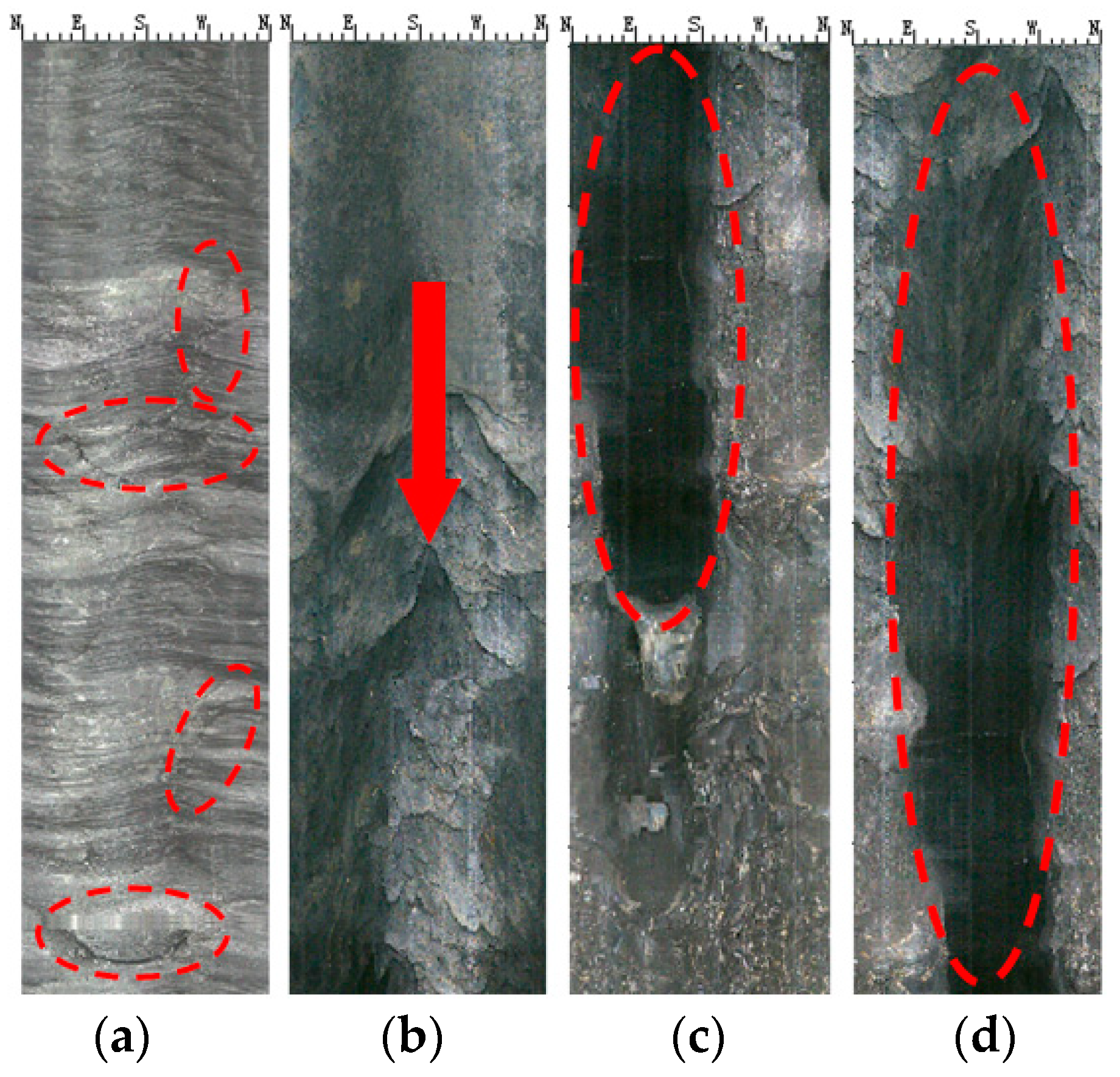
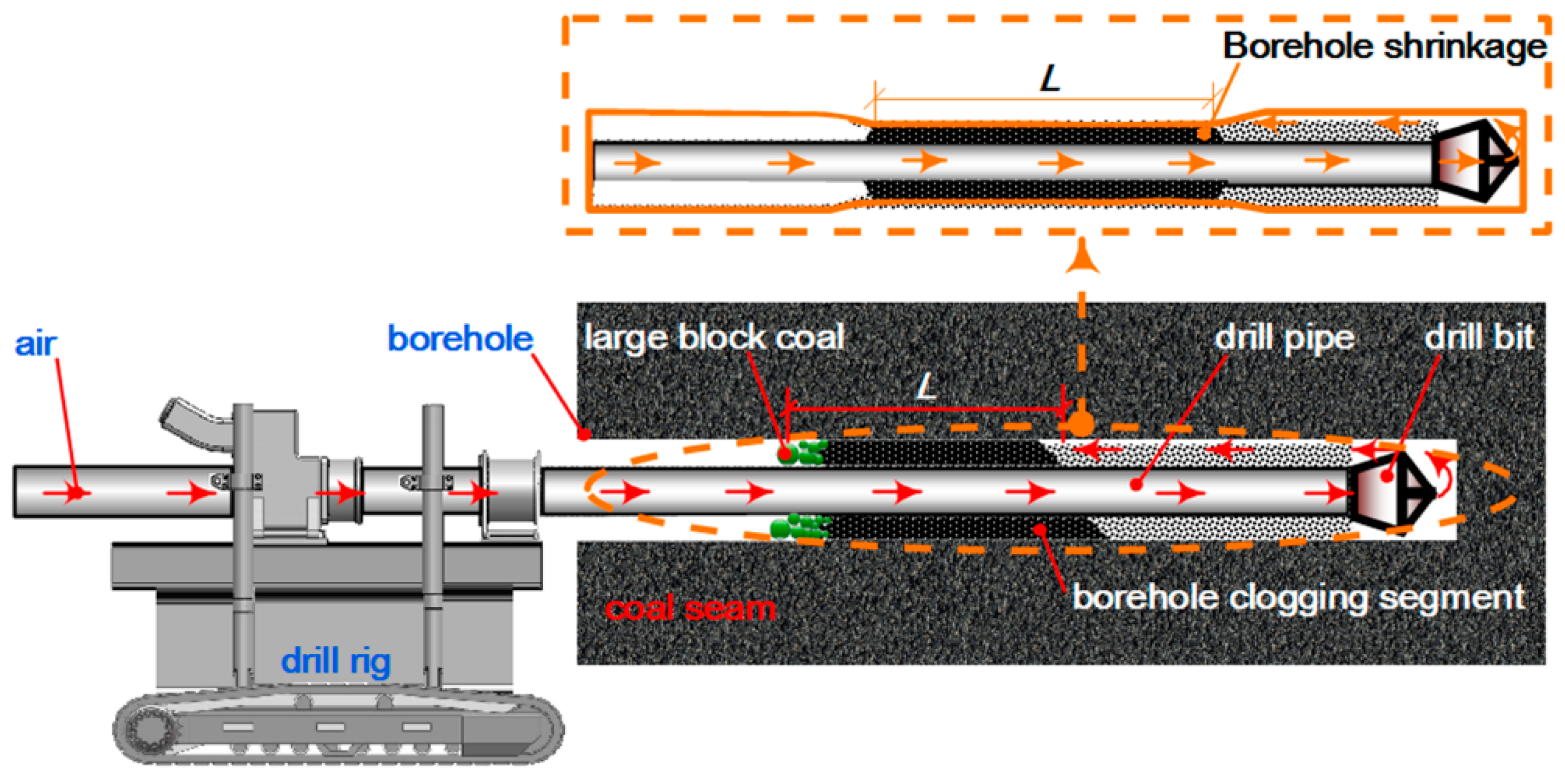
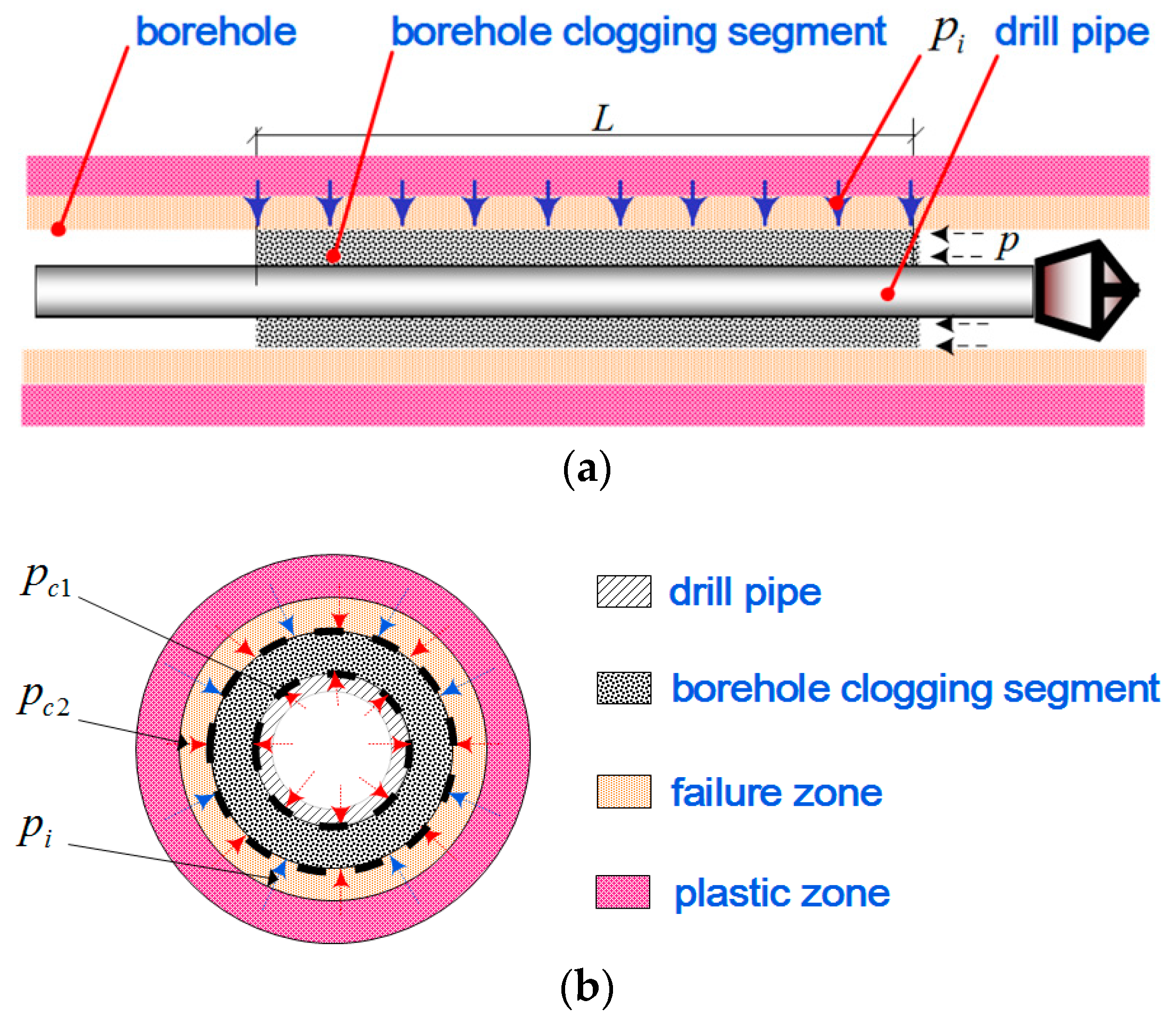
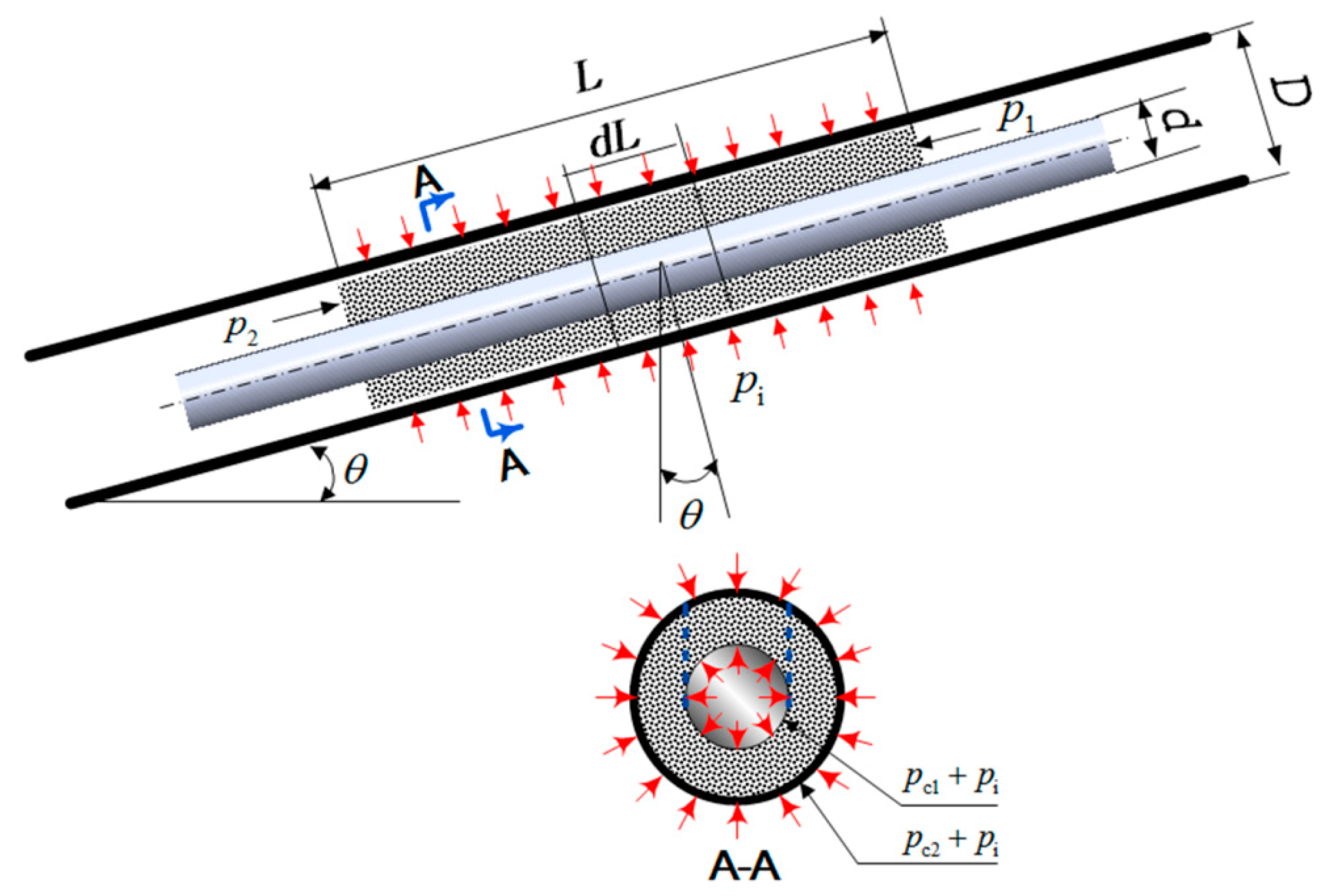
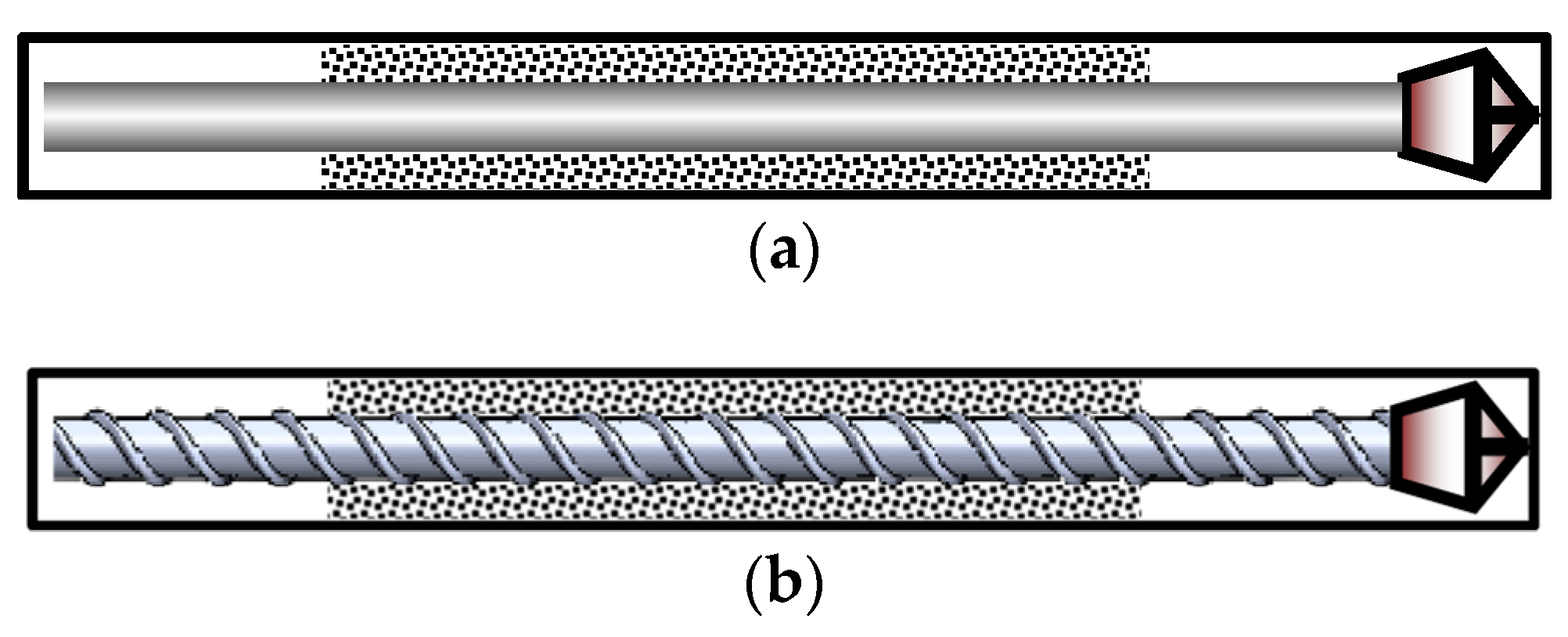
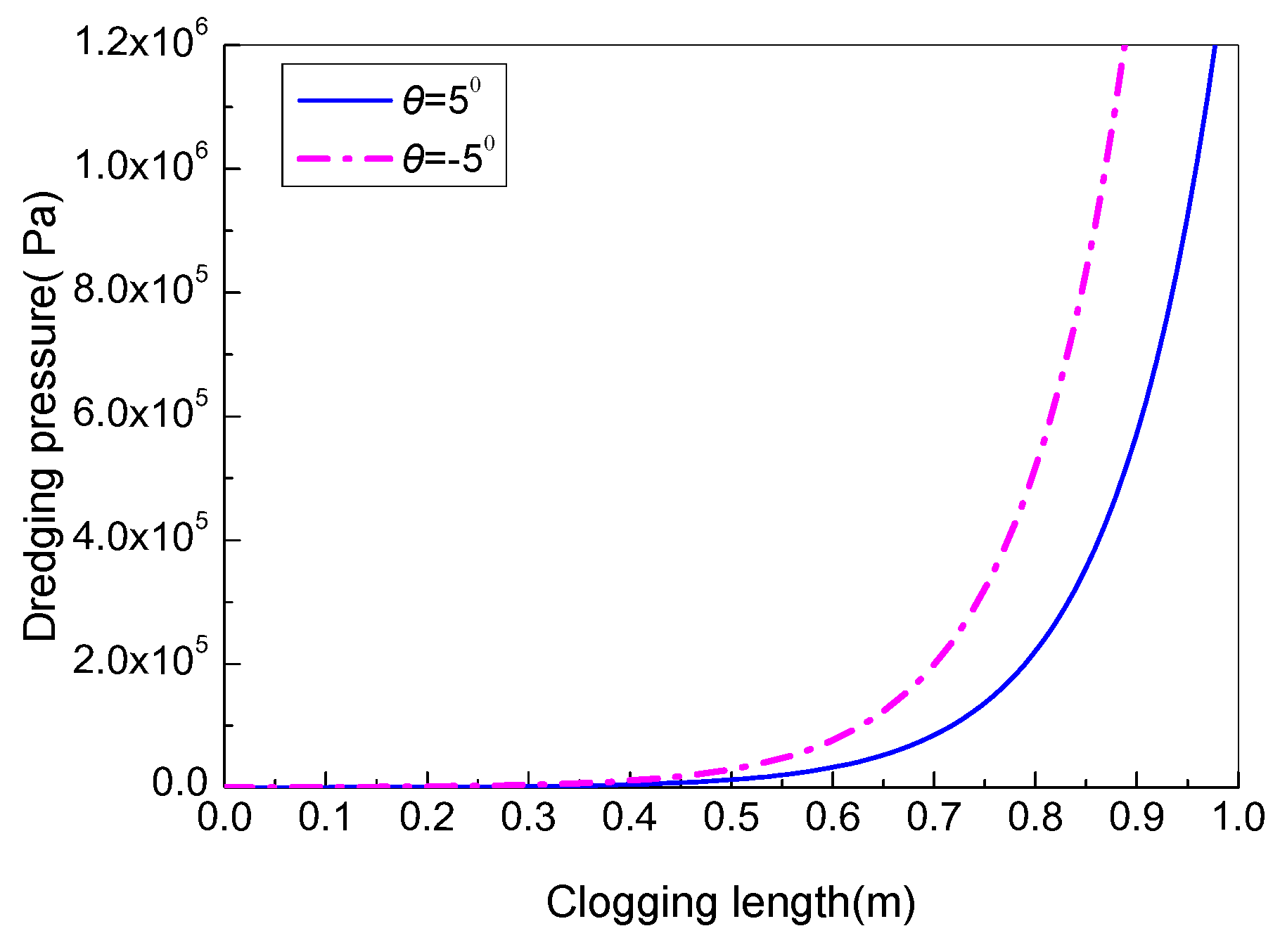
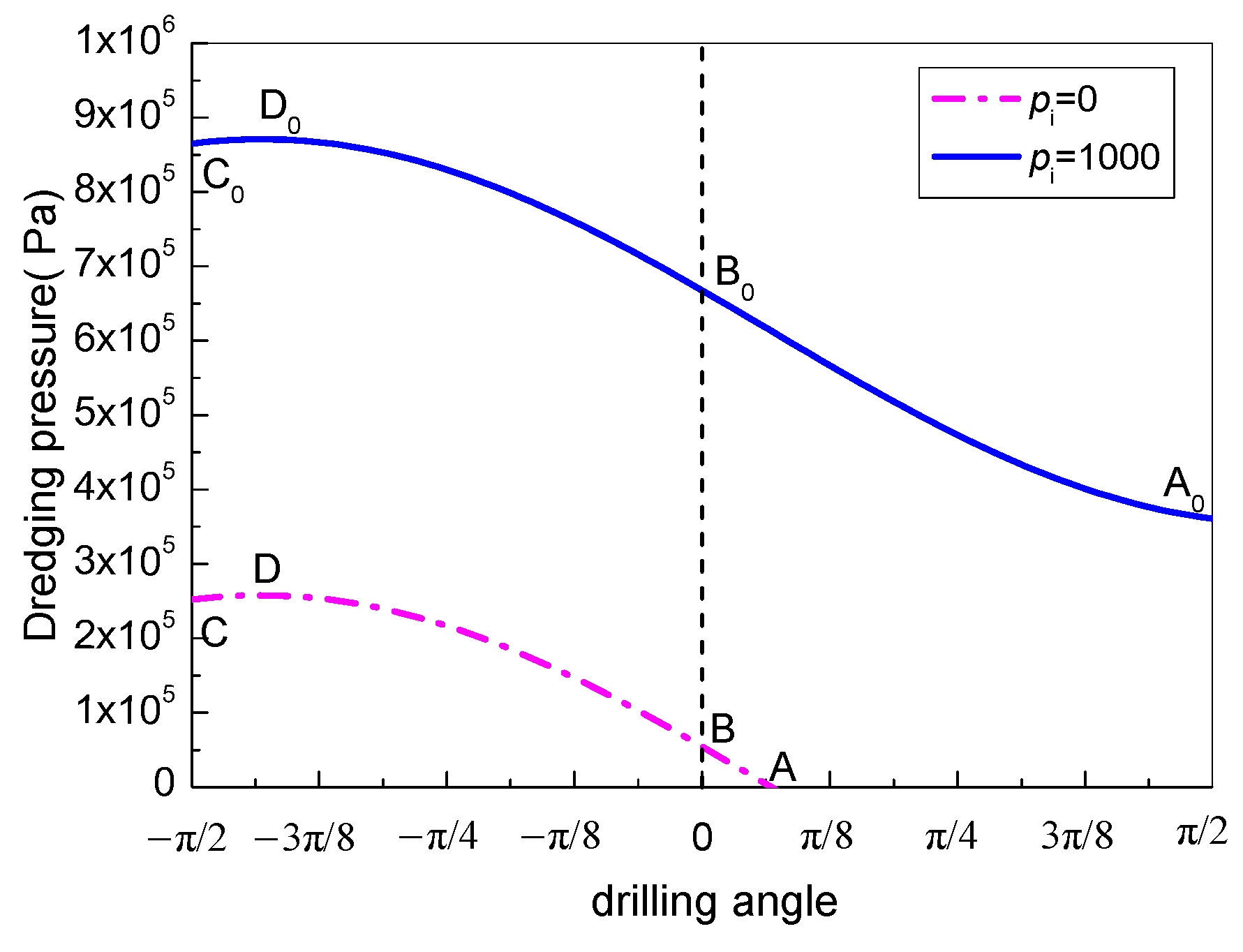
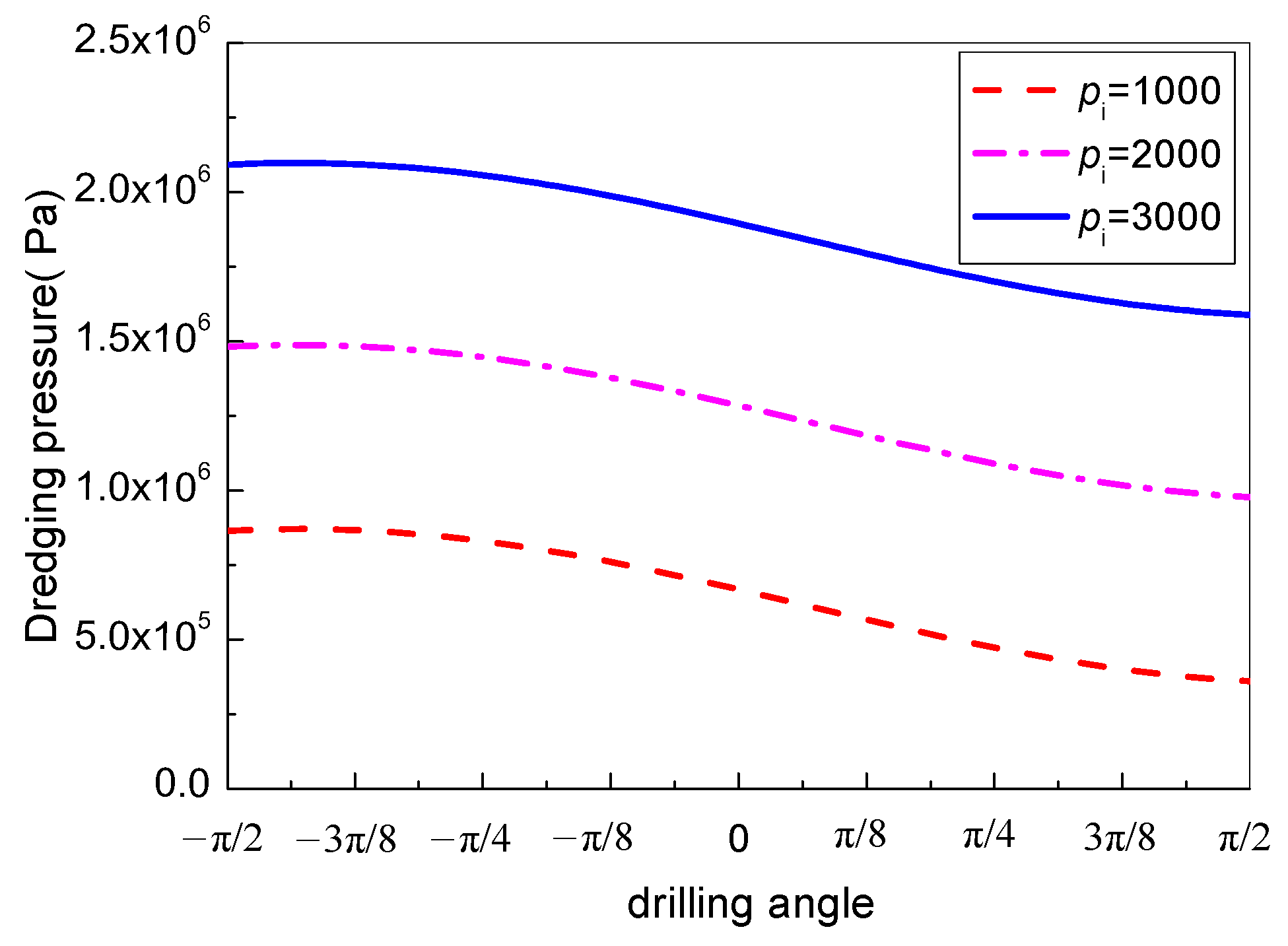
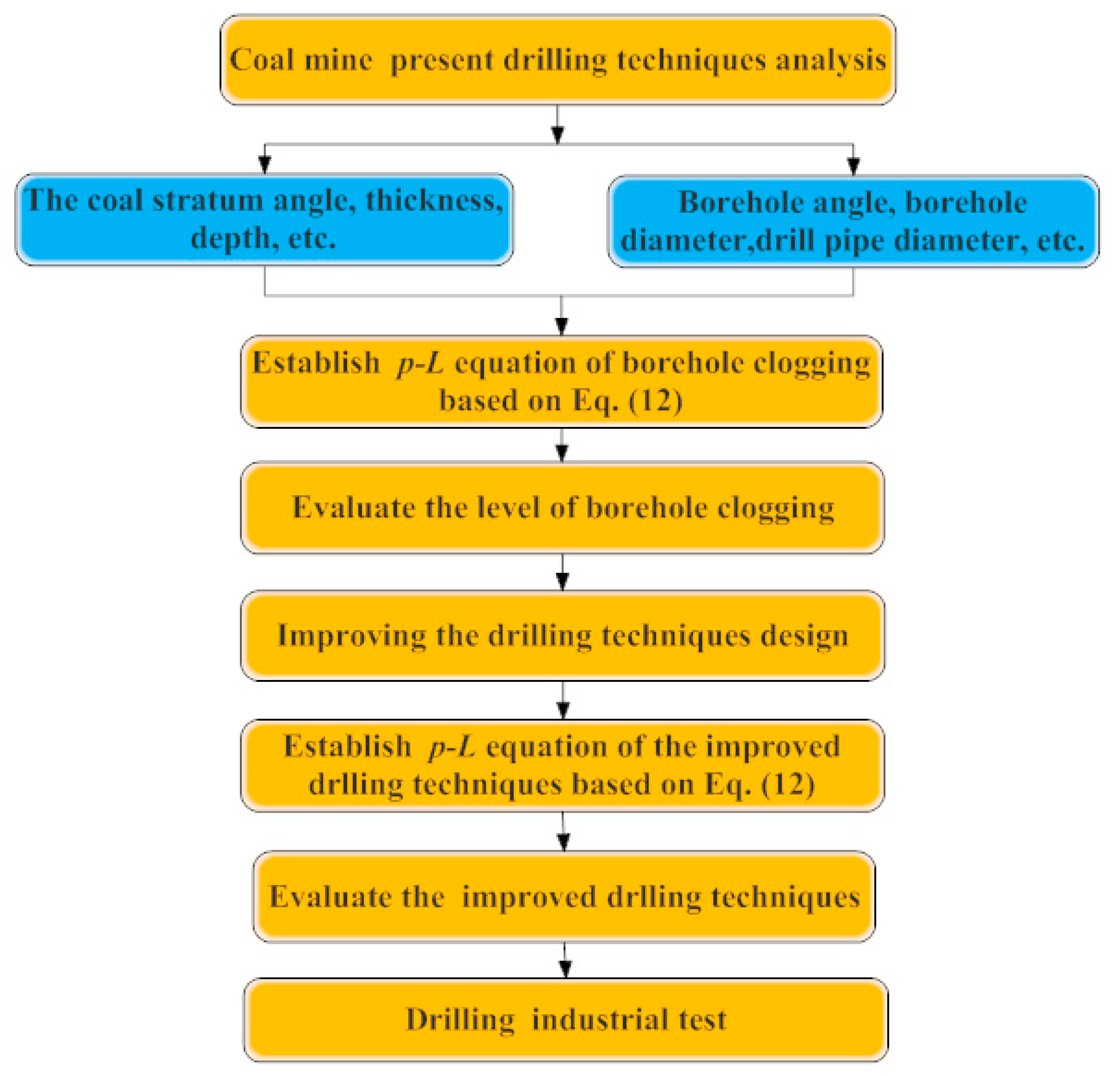
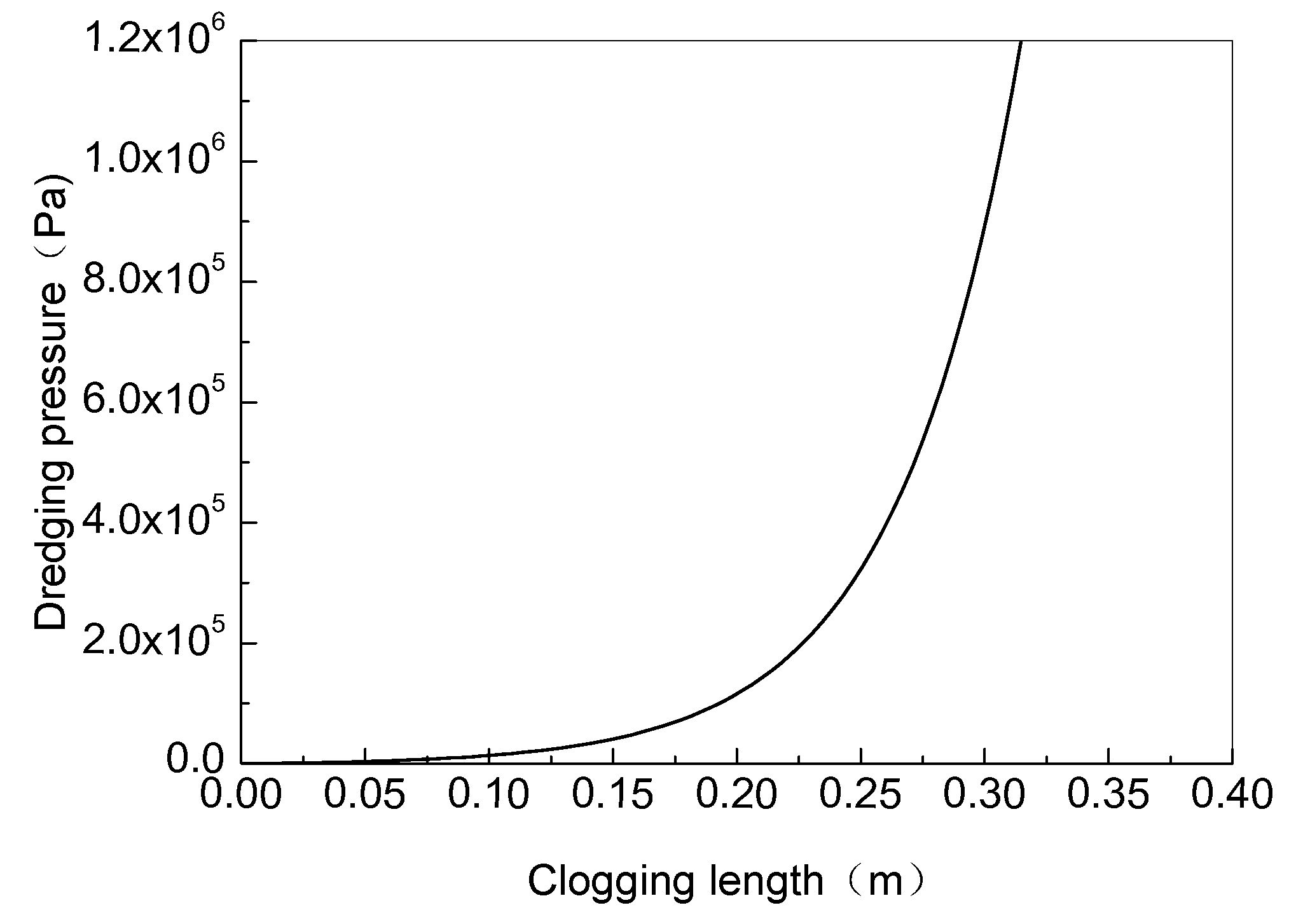
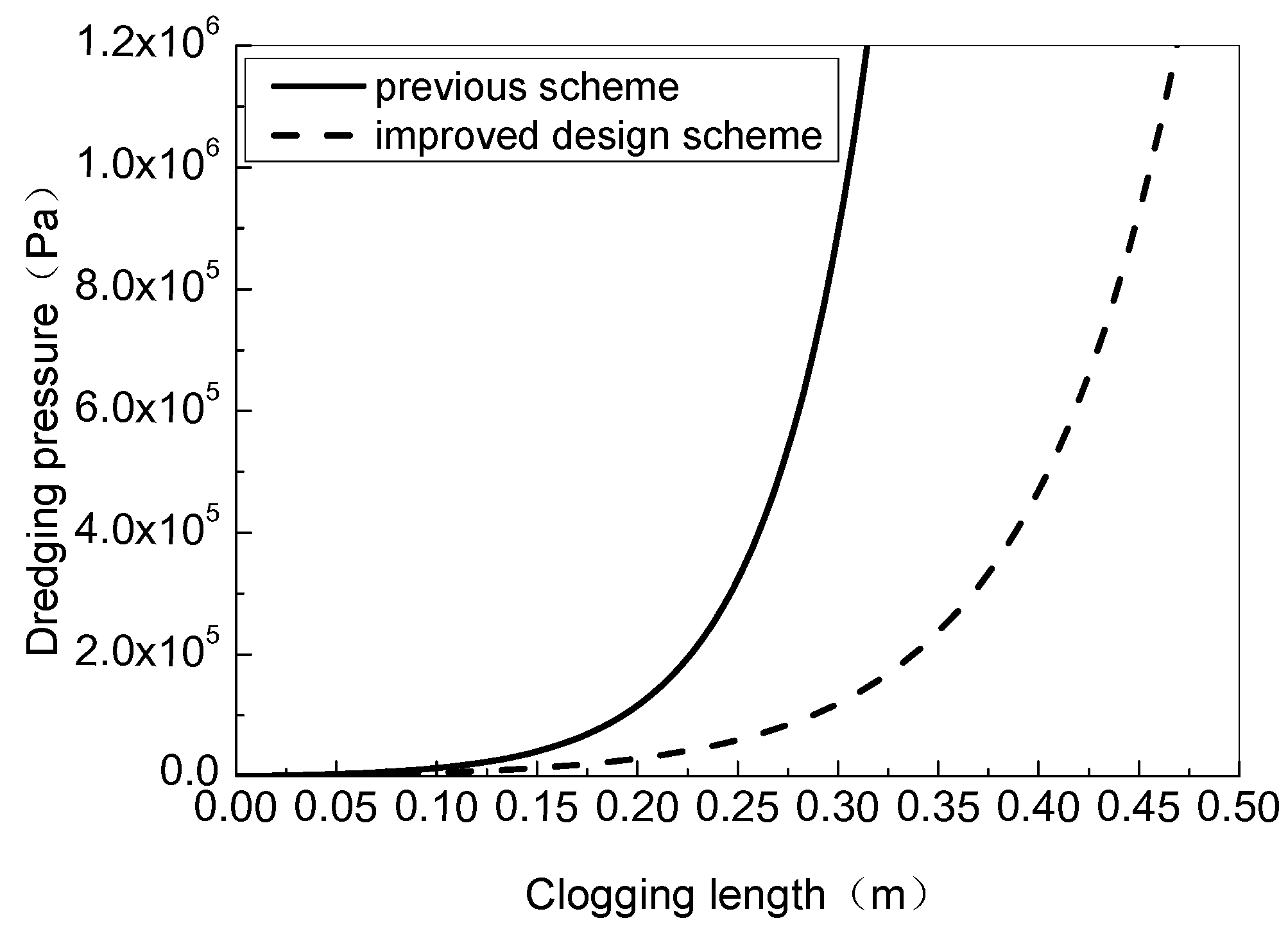
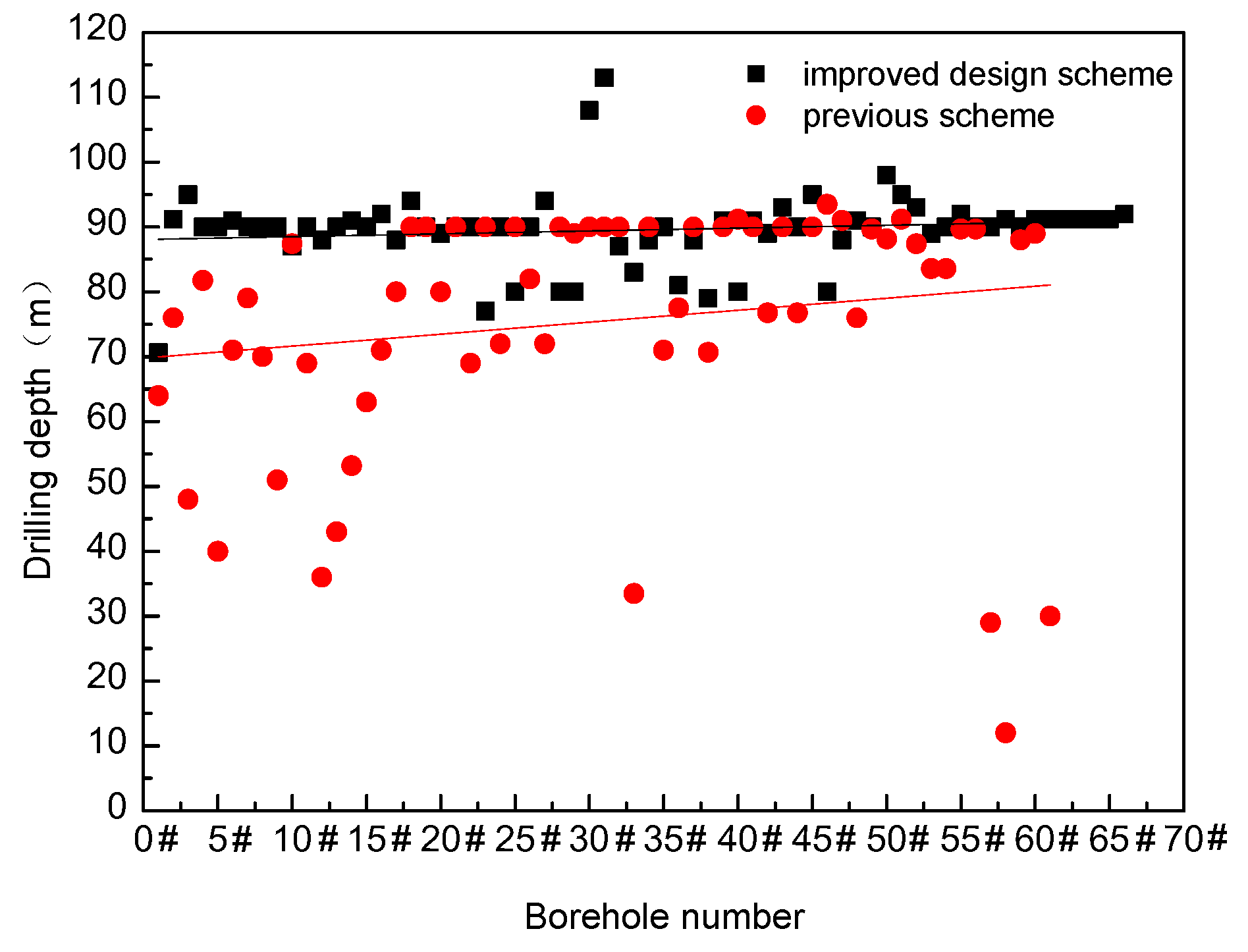
| Borehole Angle (°) | Borehole Diameter (m) | Drill Pipe Diameter (m) | Lateral Pressure Coefficient | Confining Pressure (Pa) | Friction Factor f1 | Friction Factor f2 |
|---|---|---|---|---|---|---|
| 5 | 0.094 | 0.073 | 0.5 | 1000 | 0.1 | 0.3 |
© 2018 by the authors. Licensee MDPI, Basel, Switzerland. This article is an open access article distributed under the terms and conditions of the Creative Commons Attribution (CC BY) license (http://creativecommons.org/licenses/by/4.0/).
Share and Cite
Wang, Y.; Yu, Z.; Wang, Z. A Mechanical Model of Gas Drainage Borehole Clogging under Confining Pressure and Its Application. Energies 2018, 11, 2817. https://doi.org/10.3390/en11102817
Wang Y, Yu Z, Wang Z. A Mechanical Model of Gas Drainage Borehole Clogging under Confining Pressure and Its Application. Energies. 2018; 11(10):2817. https://doi.org/10.3390/en11102817
Chicago/Turabian StyleWang, Yonglong, Zaijiang Yu, and Zhenfeng Wang. 2018. "A Mechanical Model of Gas Drainage Borehole Clogging under Confining Pressure and Its Application" Energies 11, no. 10: 2817. https://doi.org/10.3390/en11102817





